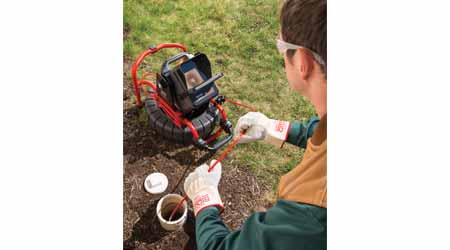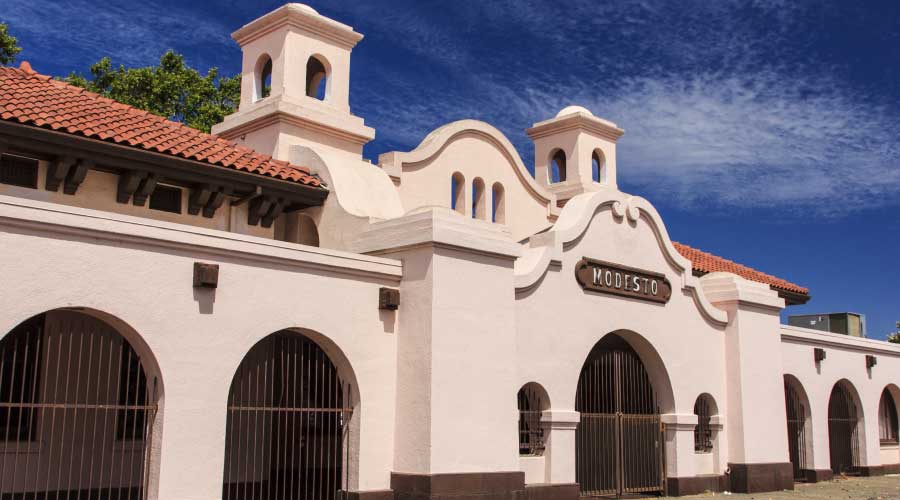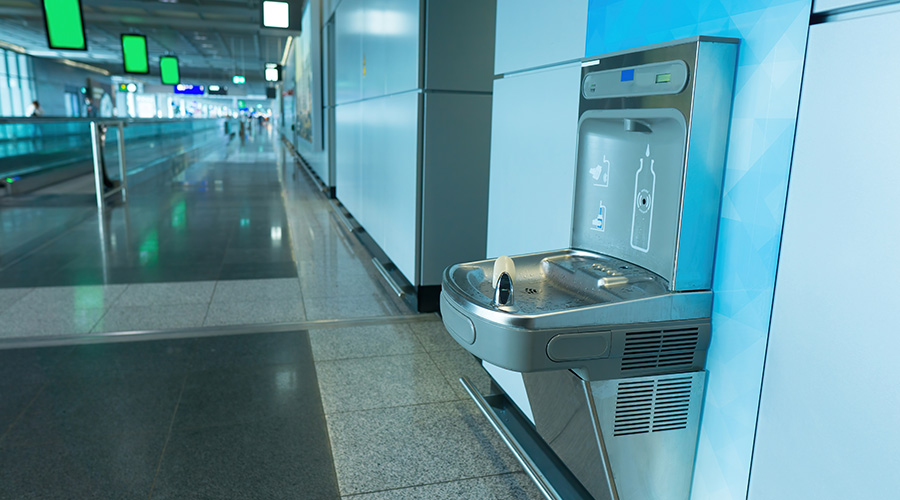Tackling Drain Blockages: Keeping Plumbing Systems Flowing
Part one of a five-part article on toughest drain cleaning challenges
From students using toilets as wastebaskets to disgruntled inmates intentionally pushing objects down sinks and toilets and causing blockages, drain cleaning in institutional and commercial facilities often provides maintenance and engineering managers with surprises.
Blockages come in all sizes and occur in all areas of piping systems. Technicians can clear routine blockages with the proper equipment, but tougher blockages require extra time, effort and machinery to remove.
Manufacturers of drain cleaning equipment hear horror stories involving all kinds of materials that cause blockages in facilities’ piping systems. Most of the stories involve unlikely items finding their way into drain lines. With input from managers and front-line technicians, manufacturers have developed a range of products designed to handle the toughest pipe blockages, including those caused by roots, clothing, and kitchen grease.
Roots of the problem
Most drain clogs in institutional and commercial facilities are man-made, but root blockages are one of the few problems that develop naturally. They also rank among the toughest issues for front-line technicians.
“The real tough blockages are in a mainline, and typically it’s tree roots,” says Mark Speranza with Electric Eel Manufacturing Co. “It doesn’t matter if it’s a factory or a college or whatever. Everybody is going to have the same issues.”
Roots grow into pipes, causing damage to pipes and creating gaps between fittings and pipes, causing blockages, leaks and other serious problems.
“These openings allow tree roots access to grow inside the drainage pipe,” says Brandon Moherman with RIDGID. “To remove a root blockage, it is recommended that you first choose a machine that is powerful enough to handle this type of blockage.”
Two pieces of drain-cleaning equipment designed to handle root blockages are continuous drum machines that reach 75-100 feet into drain lines 1½-4 inches wide and sectional machines designed to access areas closer in the drain.
“Drum machines are nice because they’re compact,” Speranza says. “A lot of our customers will have a drum machine and a sectional machine to pull out when they have a really big clog. A sectional machine cleans so well because it spins the cable at twice the rpm of a drum-style machine. You just have a lot more cleaning power if you can go twice the distance.”
Once a machine finds the root blockage, technicians can use a cutter to remove it.
“Start with the least invasive cutter first to begin the process and establish flow,” Moherman says. “Then work your way up to a larger, more aggressive cutter, such as a saw-tooth cutter or a spiral-jaw-tooth cutter. Clearing a root blockage in multiple passes by starting with smaller cutters first will aid in preventing damage to the cables.”
Related Topics:
















